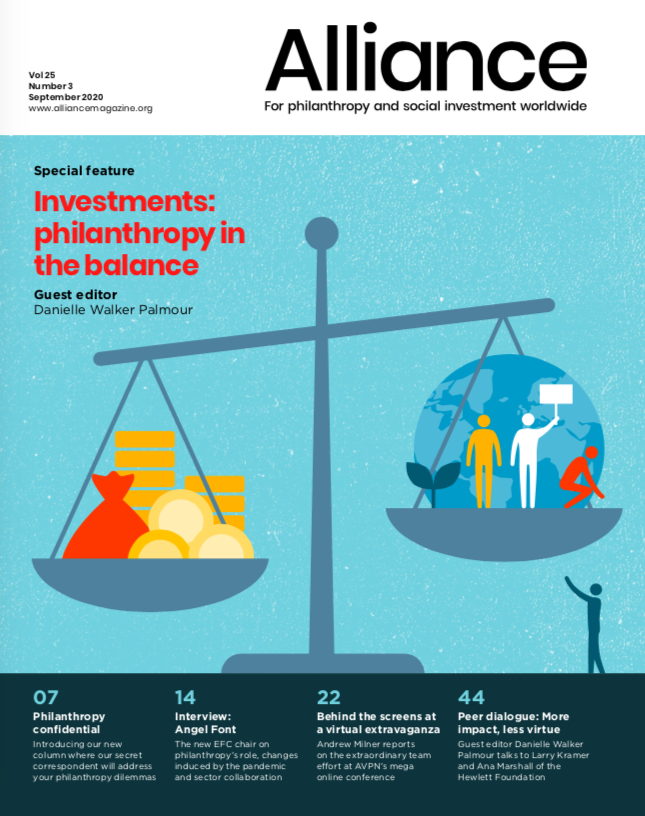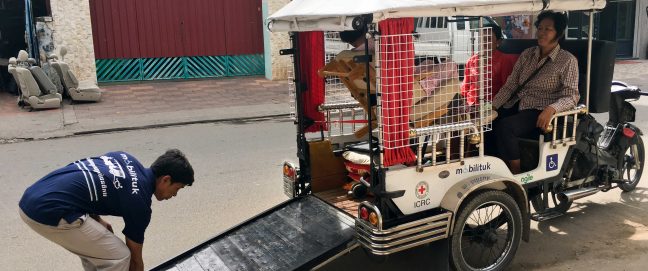Helping communities overcome layers of disadvantage requires investments of trust as well as money
The multiple ingrained challenges that disadvantaged communities face can only be addressed by authentically trusting, empowering and engaging the community to share their concerns, hopes and aspirations. This work requires ‘working with’ the community, not ‘doing things to’ it. The task of building trust is especially important as disadvantaged communities have been promised the world and let down so many times by governments and organisations. And it also requires a deep commitment and willingness to persevere beyond traditional funding cycles and timelines.
An example of a successful intervention is the work of The Australian Social Investment Trust (ASIT) in the marginalised community of Bellambi, a suburb of Wollongong, the largest social housing estate in the Illawarra region of New South Wales.
The member organisations of ASIT and its sub-fund, Illawarra Shoalhaven Social Investments, represent a group of government agencies and non-government organisations with the shared purpose of breaking the cycle of intergenerational social disadvantage and promoting long-term sustainable development.
The lure of a community in distress often attracts more localised community-based social investments with the promise of measurable impact.
In 2014, one of the authors of this piece, Natasha Scully, championed and pushed for the collaboration. We opted to use an adaptive model for social and collective impact called It’s Our Place as we recognised that any intervention would not respond favourably to ‘traditional linear frameworks (where a+b=c) and reductionist mental models’, in Fiona McKenzie’s words.[1]
Authorising environment
In 2015 the first It’s Our Place collective impact initiative began in Bellambi. Central to its approach was the shared belief that community residents are essential subject matter experts and should be treated as key information resources, as well as respected stakeholders. It’s Our Place Bellambi engaged over 800 residents and service providers including representatives from business, schools, non-government organisations and government agencies. The Community Action Plan which emerged was designed as an adaptive living document.
With multiple stakeholders and agendas, the real role of the philanthropist was as a neutral facilitator, quietly creating the necessary conditions that allow the collaborative work to get done – beyond the investment. I was able to use my dual roles as an independent philanthropist and adviser to government to bring others along on the journey.
The speed of trust
Place-based interventions with community-driven action often mean philanthropists find themselves having to navigate highly complex and entrenched systems, and the desired change moves at the speed of trust. Investment in these situations often requires personal investment in the cause beyond the dollars and is thus more likely to attract catalytic funders with vision and long-term commitment to the community they have chosen to support.
Support from philanthropy can help to ensure that the critical work in disadvantaged communities continues.
Over the years, we have seen many successful interventions in Australian communities such as Bellambi, Bourke and Logan. Although excellent results have been achieved, in Bellambi, funding in scalability remains a challenge. Despite the fact that ASIT has developed a financial vehicle capable of pooling investment dollars from multiple sources, the long-term pooled funding has presented a serious sticking point with some government partners because of the cyclical nature of their commitments. In some initiatives, this can undo the good work of the community interventions achieved.
The lure of a community in distress often attracts more localised community-based social investments with the promise of measurable impact. Interest can, however, be short-lived once the community reaches the ‘business as usual’ phase. Ironically, at that point where long-term success might be glimpsed, it can be much more difficult for catalytic funders to attract others to the table. It could be argued that at this point, investing in a community is the responsibility of every level of government and support from philanthropy can help to ensure that the critical work in disadvantaged communities continues.
The positive change at Bellambi, and the next phase of work focusing on social infrastructure investment, along with an openness to welcome new investment partners, means we are hopeful for the future.
Natasha Scully is founder and chair, Australian Social Investment Trust.
Email: natasha.scully@asit.org.au
Twitter: @natashascully
Judy Foster is national membership director at Philanthropy Australia.
Email: jfoster@philanthropy.org.au
Footnotes
- ^ Fiona McKenzie (2014), Complex Adaptive Systems, Australian Futures Project, Policy Brief.







Comments (0)